A hill by the sea
A border
Edged by urban activity, this area is typical of Calanques nature, with limestone, Mediterranean vegetation, and almost desert-like terrain. This area and Frioul are the aridest in France. Mont Rose peaks at 84 metres, a rocky spur between the sea and land.
Rich biodiversity
This area is home to a miniature concentration of all the main natural characteristics of the Calanques coastline: pine forests, garrigue scrubland and phryganea, rare and common species, the wind, sun, and the sea. It is a biodiversity hotspot where rich flora and fauna, some of which are rare and protected, are under threat.
It is a treasure trove of Mediterranean plantlife: Aleppo pines, Erica multiflora, grey-leaved cistus, rosemary, smilax, rock samphire, not to mention the famous astragale de Marseille! These species, some of which are endemic and fragile, are threatened by invasive exotic plants.
As for the fauna, Mont Rose is home to the Edward's psammodromus, France's smallest lizard measuring up to 12 centimetres and weighing less than 2 grams. It has been living on the Mediterranean coastline for 5 million years! Its natural park neighbours include other reptiles like the jewelled lizard or the Mauritanian tarantula. They are undoubtedly the oldest residents of Mont Rose.
A bastide and a knight
The place features in texts dating back to the 11th century, under the name of mons rotundus. Later, it was known among Provençal locals as lo grant mont redon which means the big round mountain. The expression has survived in the name of the adjoining village of Madrague de Montredon.
At the beginning of the 18th century, Mount Redon and the surrounding land belonged to the Roze family. The bastide they built there can still be seen today. The family's long-standing fame is due to Nicolas Roze, a knight who became famous during the 1720 plague and who resided stayed in the bastide.
The family eventually sold its land, but the Marseille population continued to refer to the port as calle de Roze. Calle in Provençal means a cove or natural harbour. That is how, nearly a century later, the grand mont redon was officially named Mont Rose.
The industrial revolution in Marseille
Marseille was a booming industrial area at the beginning of the 19th century. Factories were built in the Calanques as early as 1810, in Saména and La Madrague de Montredon for example. One of them had a long, climbing chimney, still seen winding up the hill. They were used to evacuate the toxic fumes as far away from residents as possible.
A family tomb in a military battery
Mont Rose has been chosen for impressive military sites since the 19th century and right up to the Second World War. Once, there were around ten canons here! A German anti-tank wall once blocked the road between La Madrague and Saména. The remains can still be seen on the roadside. The site was declassified by the army in 2005, but many military vestiges are still scattered along the coastline south of Marseille.
In a cave at the top of the hill lies the tomb of the Rostan d'Ancezune family who bought the land from the Roze family in 1776.
"Montredon follows the trio of villages comprising Saint-Giniez, Bonneveine and Mazargues? It is situated at the base of the triangle called Cap Croissette which points to the sea and protects the harbour from the easterly winds. It was built at the foot of immense masses of grey and sky-blue limestone where several stunted bushes struggle to grow on the slopes and the sun and dust whiten the still grey leaves."
Alexandre Dumas
Did you know?
Mont Rose is a biodiversity hotspot visited by both naturalists and naturists! Joseph Poucel was a specialist in both: an important doctor from Marseille who died in 1971, he was a passionate botanist and fervently promoted naturism in Provence.
Getting here and regulations
Before heading out to visit the Calanques National Park, make sure you are prepared and read about required good conduct and regulations.
The Mont Rose foothills are the starting point for many important trails through the Marseilleveyre range, including the Président trail, named as a tribute to Antoine Pellicé, former chairman of the Excursionnistes Marseillais. The famous GR 51-98 trail through the Mediterranean ranges starts here. The trails are open all year round, except when closed due to fire risk.
Mont Rose is not life-guarded. Be extremely cautious and only swim when the sea is calm. The Calanques coastline is often very steep and dangerous with unpredictable currents. There are fatal accidents here every year.
Getting here
RTM bus no.19 (or no.583 in the evening) – direction Madrague de Montredon to the terminus.
The coastline road south of Marseille is often very busy, with traffic jams at peak hours and on weekends particularly in the summer and as far as Pointe Rouge. Avoid driving during peak hours and take public transport or cycle when possible.
Getting to the Calanques from Marseille
Localisation
GPS coordinates: 43.230715, 5.352001

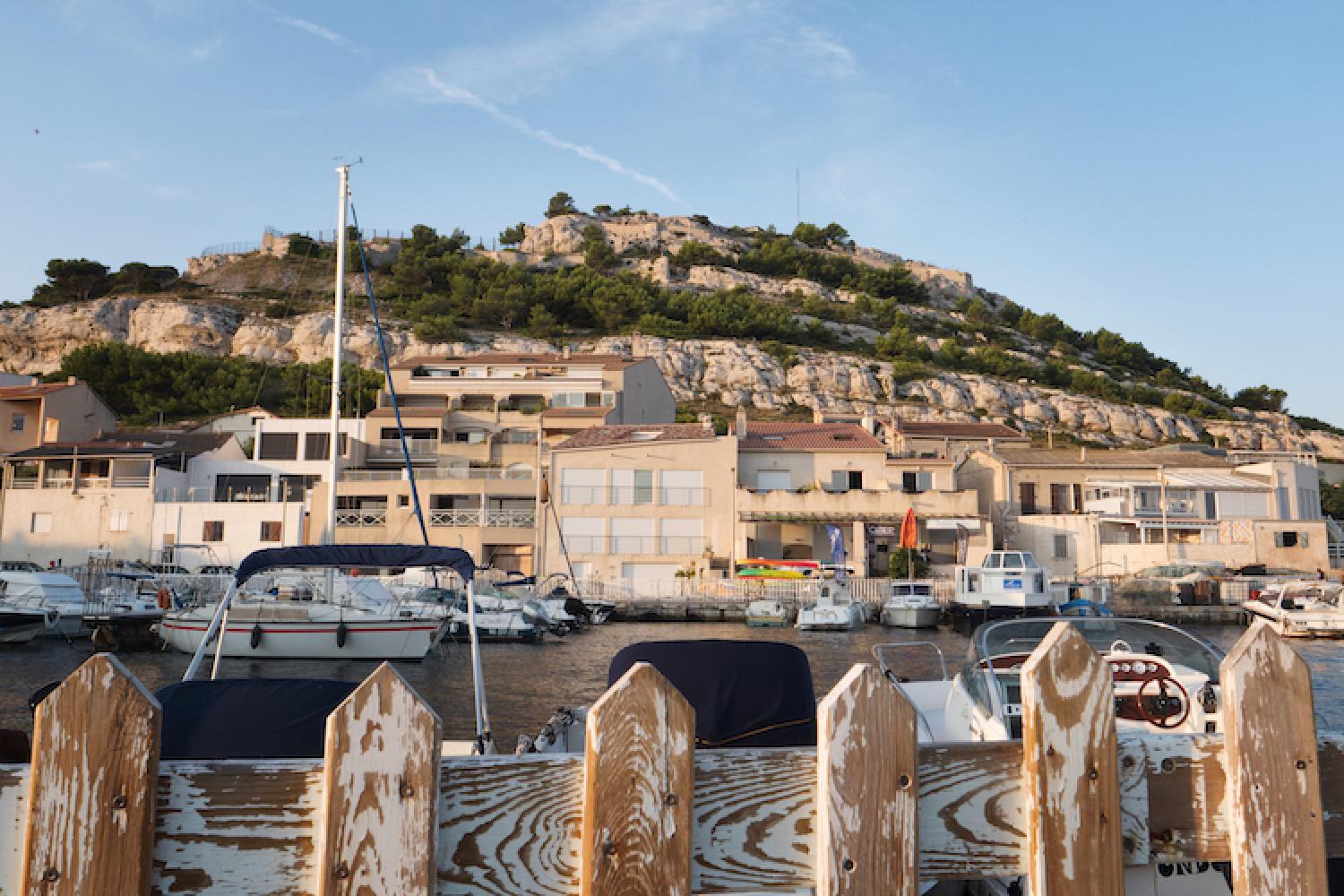
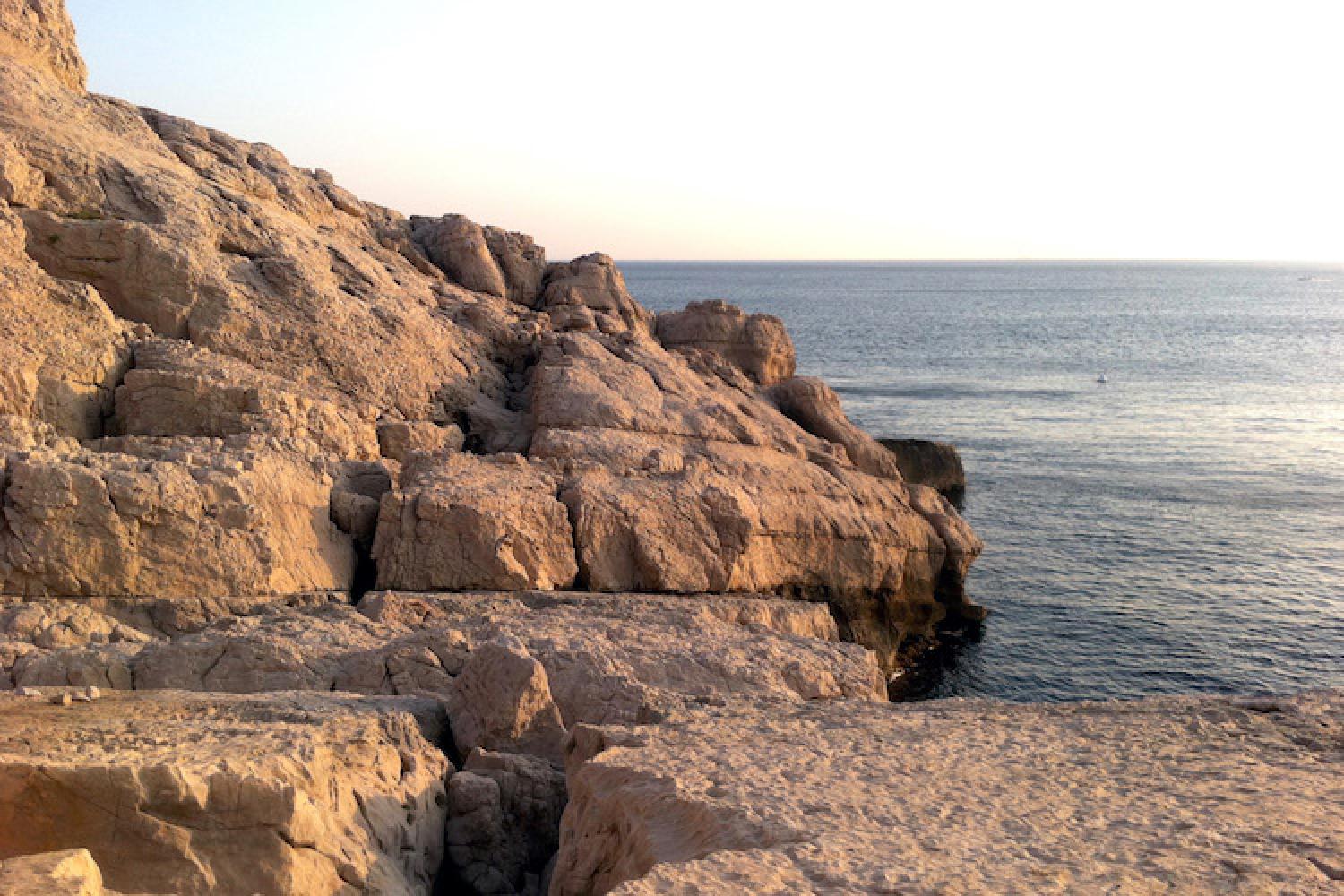
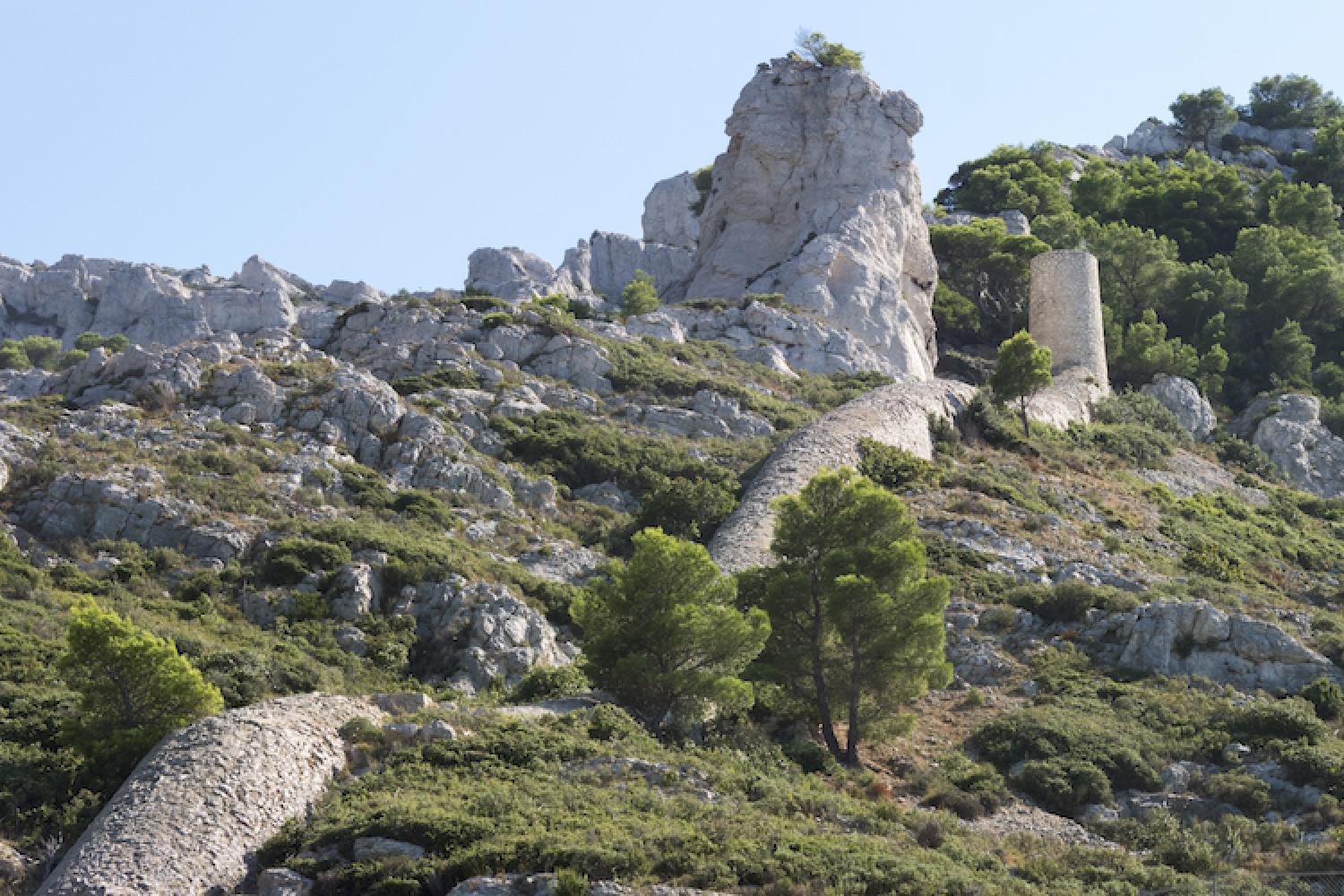
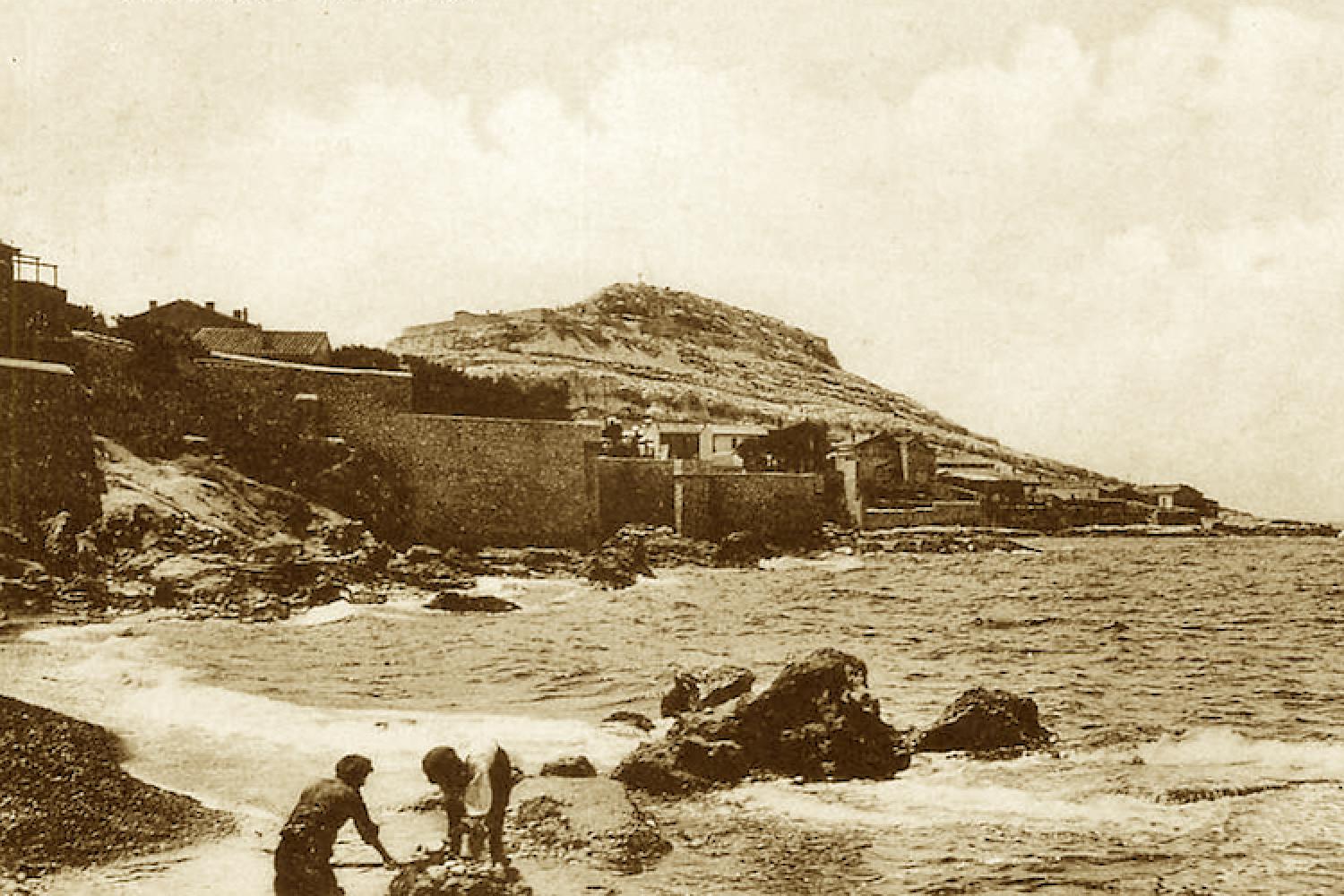
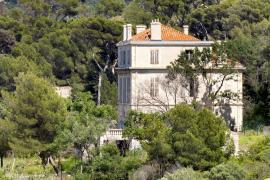
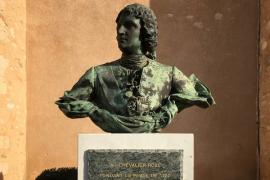
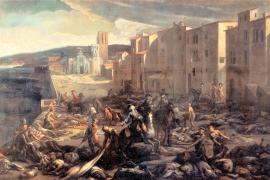
 Online resources
Online resources Video
Video Links
Links